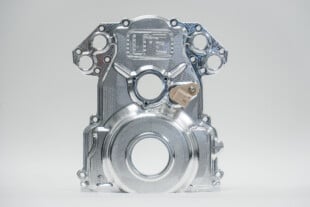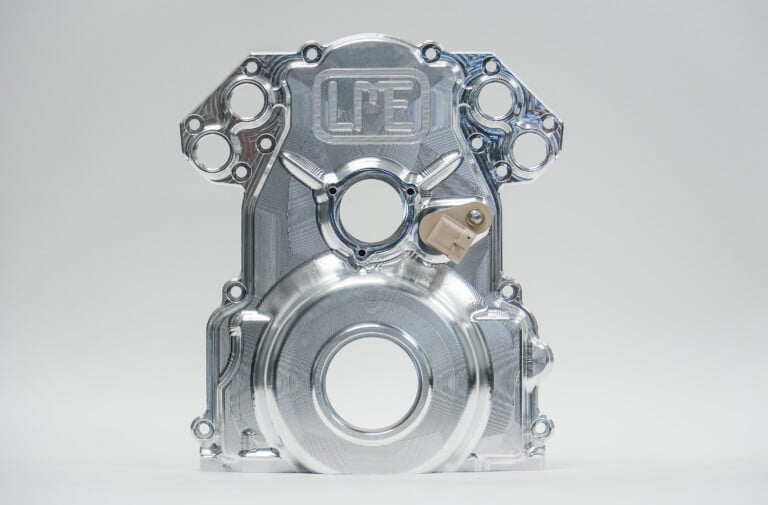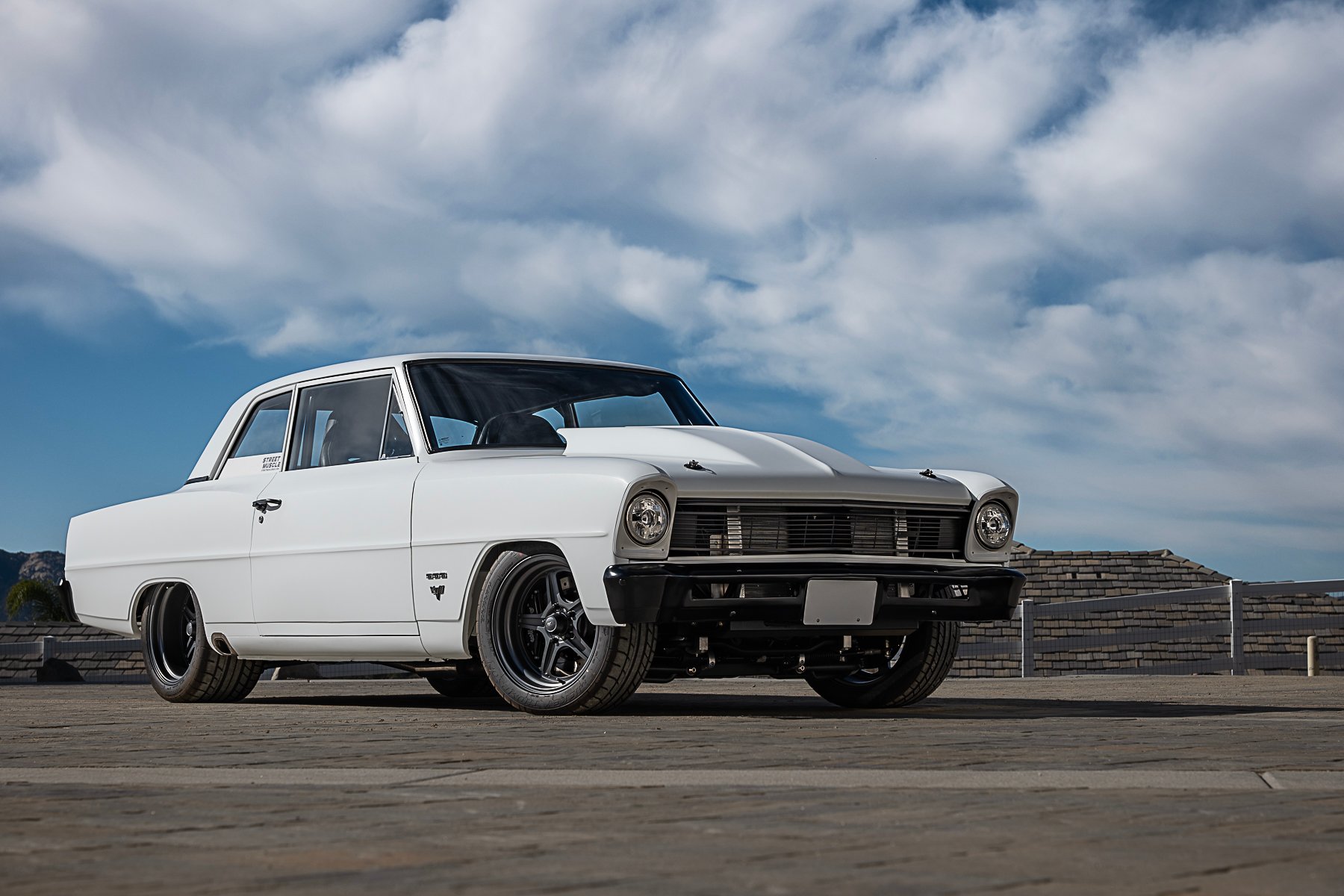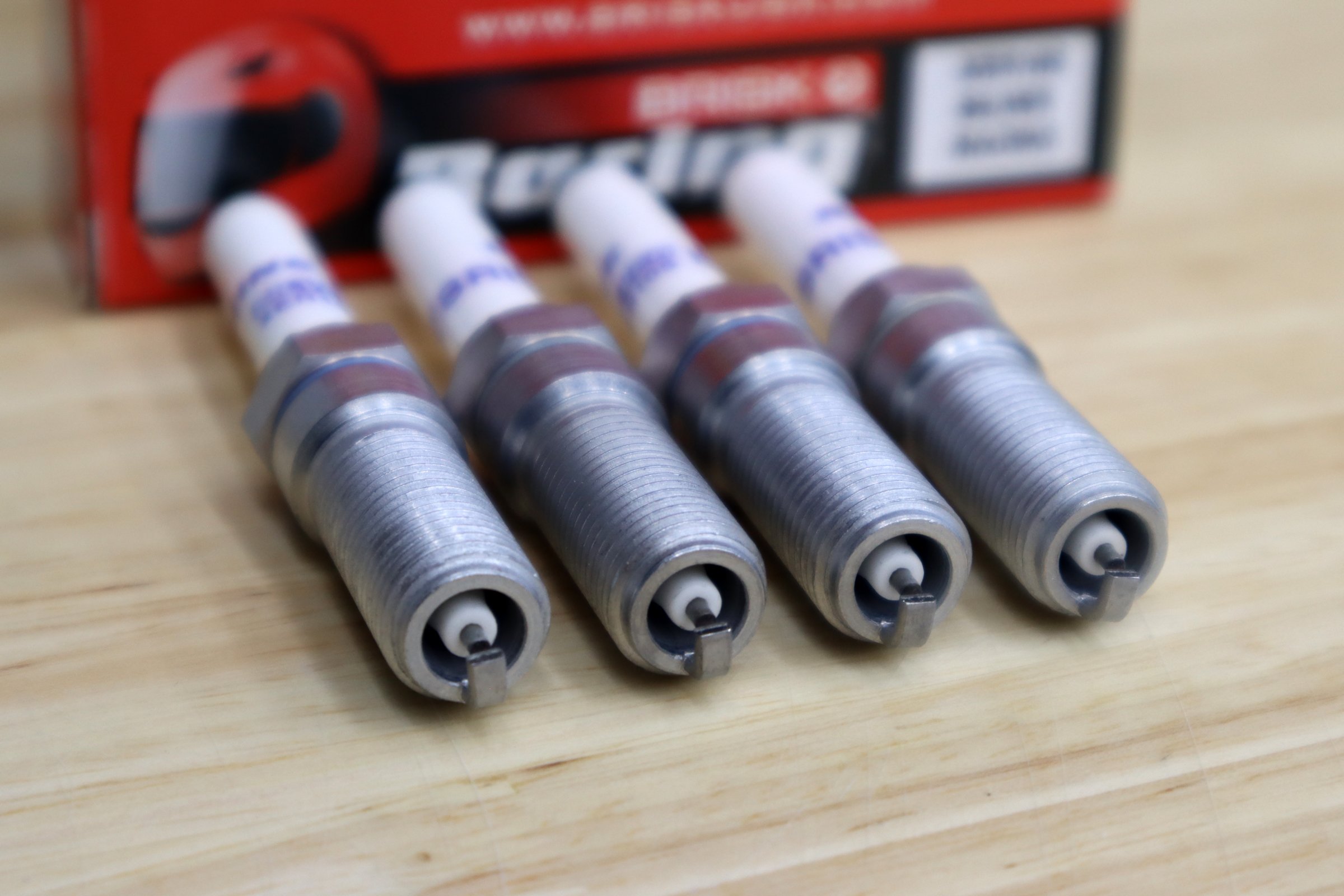Truck owners can always benefit from more fuel economy and more power to haul heavy loads. Most associate adding more horsepower with using more fuel, but when it comes to selecting compatible aftermarket performance parts, increasing fuel economy and power can be a direct result of improving engine efficiency. So here are the three most popular aftermarket parts you can use to get the most out of your gasoline powered pickup truck.
Air Intake Systems
Aftermarket air intake systems are one of the most popular performance add-ons that truck enthusiasts install. They replace the vehicle’s factory air intake tube and filter with one that creates higher air-flow and more air volume through less restriction in the intake tube and a less restriction from the air filter. When designed correctly, increasing the amount and velocity of air that enters into the engine can slightly improve its efficiency to a point where a leaner air/fuel mixture results in more power and improved fuel economy.
A sealed cold air intake system like this one from Volant, offers unrestricted airflow for the engine without contamination from engine heat. Combined with a high-flow air filter element, a system like this one for the 2011 Ford F-150 can provide an extra 18 horsepower and up to a two-mile per gallon improvement.
Aftermarket air intake manufacturers often claim large quantities of horsepower improvements but they often depend on the testing procedures and lots of other variables that aren’t typical of a daily driven truck. Most experts and truck owners agree, that 8-10 horsepower improvements and nearly up to one-mile per gallon improvement in fuel economy can be had with an air intake system that offers a high-quality, low-restriction air filter within a design that seals out engine heat.
There are essentially two types of aftermarket air intakes. Open element systems utilize a cone-style air filter that may include a heat shield to protect the filter from engine heat, but is open to the available air around the engine compartment. Sealed air intake systems have an enclosed air inlet box, much like the factory, but are typically larger in size to create additional air volume. Sealed systems isolate the incoming air from engine heat, dirt and moisture, allowing the engine to breathe higher volumes of cooler ambient air. The differences range in price, ease of installation, and performance gains. Keep in mind that manufacturers have a variety of testing methods, and will use optimum conditions to measure their power increases. So it’s always best to check with the manufacturer and with other truck owners to see what types of performance gains they are receiving with their vehicles.
Cat-Back Exhaust Systems
Most truck owners will undoubtedly add some kind of aftermarket exhaust component to their truck. An aftermarket exhaust system provides a deep-throaty performance sound to the vehicle, but can also improve its efficiency by reducing the restrictions of the factory exhaust. This is done by means of smoother bends, larger diameter tubing and a low restriction muffler.
Exhaust systems are another popular method to achieve improved engine efficiency. This cat-back exhaust system from Gibson, uses stainless steel tubing and the company’s high-flow baffled muffler to provide a deep tone but with much less restriction. An exhaust like this one for the 2011 Chevrolet Silverado 1500 can produce as much as a 10-20 horsepower increase in the low rpm range, for optimum use in towing.
OEM exhaust systems typically have kinks and bends that decrease the diameter of the tubing and thus, limit exhaust flow. In addition, restrictive mufflers use extensive baffles and sound absorbing materials that eliminate noise, but also hinder exhaust flow and engine efficiency. For this reason, aftermarket systems use larger diameter tubing and smooth, non restrictive bends, made by a process called mandrel bending. This type of system is called a cat-back, a term referring to the complete tubing and muffler system that replaces the factory exhaust tubing from the rear of the catalytic converter all the way to the tailpipe. This type of system also ensures that the exhaust complies within Federal and State emissions laws.
Most aftermarket exhaust manufacturers use these techniques, along with their own high-flow muffler design, to dramatically reduce the exhaust gas restriction and increase performance by an average of 10-20 rear wheel horsepower, for most gasoline powered pickup trucks. They also manufacture their systems from a variety of materials that directly affects the cost. Those systems made from aluminized tubing are typically less expensive due to its moderate corrosion resistance. Systems made from higher grade metals like stainless steel, offer higher corrosion resistance and typically cost more, but survive better in harsher environments.
Because sound plays such an important factor in an aftermarket exhaust system for your truck, it’s best to talk to other truck owners and listen to the sound their vehicles’ make to help narrow down your selection. Whatever you choose, this will be one of the best investments you’ll ever make on your truck, because it’s not only a performance upgrade you can feel, but one you can constantly hear.
Power Programmers
Power programmers offer the best power per dollar. A system like this one from Hypertech, offers improvements in power and fuel economy using a variety of low and higher octane fuel levels. This programmer also has other uses such as recalibrating your speedometer when using larger diameter tires, scanning for engine trouble codes and more.
Perhaps the most performance in power and fuel economy can be gained for your truck is from an aftermarket power programmer. A programmer can provide as much as 15-30 extra horsepower and 30-50 pounds-feet of torque (when using 91 octane fuel). Depending on the settings, you can also improve fuel economy by as much as 15-20 percent when driven under normal highway conditions.
Power programmer works by that altering the factory fuel and ignition timing tables in the vehicle’s Electronic Control Module (engine computer). Various programmer manufacturers also provide the vehicle owner with the ability to switch to various modes to improve towing performance, higher horsepower, or improved fuel economy. Keep in mind that maximum power results are done with higher-octane fuel, but some programmers also provide significant results using lower 87 octane fuels, which is great for customers who are also concerned about high gas prices and can also improve your cost-per-mile.
Performance programmers also offer other uses. Most have the ability to read trouble codes, should the vehicle check-engine light appear. Some systems also re-calibrate the speedometer settings if the vehicle has larger custom wheels and tires. Programmers are also easy to install but they will vary on how they update their products and fix any errors made in programming; most are available to download from the manufacturer’s website. Some manufacturers also offer price-point models that simply add the performance vehicle calibrations, while more expensive systems can be used as a dash mounted gauge to display multiple functions. More expensive models feature a virtual drag strip, engine dynamometer, acceleration and braking meter and more.
Combining Power Parts
One of the most common misconceptions is the amount of power that will be achieved when you install an aftermarket air intake, exhaust system and power programmer. You can’t add up the claimed power increases from each manufacturer and expect the total to jump out at you on the chassis dyno.
It’s important to keep in mind that aftermarket manufacturers test their systems on completely stock engines without any other modifications. So the power gains delivered by only one component can take the greater share of the engine’s limited percentage for improvements in efficiency. When you add all three components, an air intake, cat-back exhaust and a power programmer, the engine’s overall percentage of improvement potential has to be split among all three.
So do you really need all three? The answer is yes if you can afford to. The reason is that installing all three ensures that the vehicle is gaining the maximum potential for improved efficiency and in most cases, slightly better fuel economy too. In some cases the power programmer also has a tune for trucks that take into account an aftermarket air intake and exhaust system. So maximizing your engines efficiency for more fuel economy and power can be accomplished with a little effort and the right combination of parts.
There are many other performance parts that can be added to your truck, such as headers, superchargers, performance camshafts and cylinder heads, but we chose to add only the easiest to install and the most cost effective in gaining the most power and fuel economy from your pickup. Of course, each vehicle is different, but on average, adding these three popular performance components can deliver an improvement around 10-15 horsepower and torque improvements of 20-40 pounds-feet. Fuel economy improvements of up to 1.5 miles per gallon are normal, but are dependent on your driving habits. More power tends to be used more often, but if you keep your foot off the pedal, you’ll begin to see the fuel economy improvements you’ve been hoping for.
By Dan Sanchez for PickupTrucks.com
















